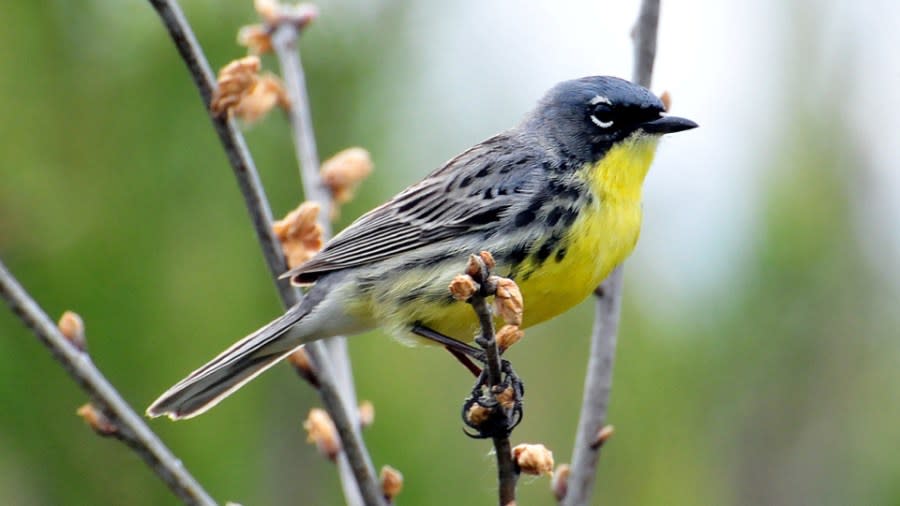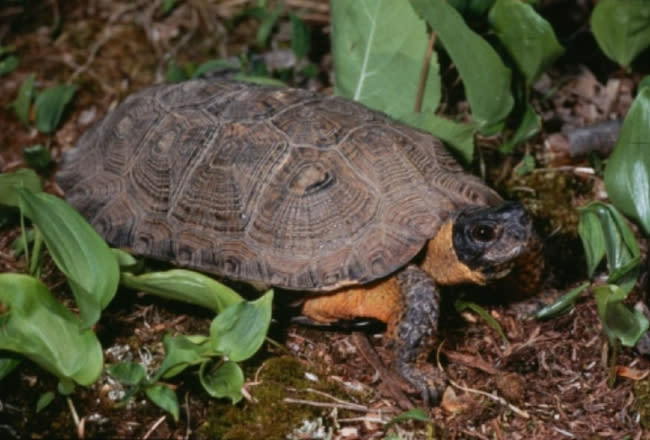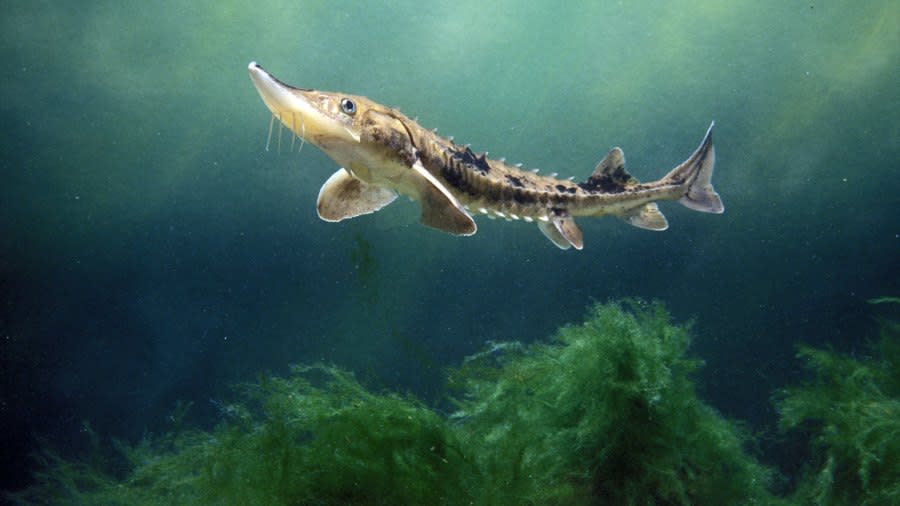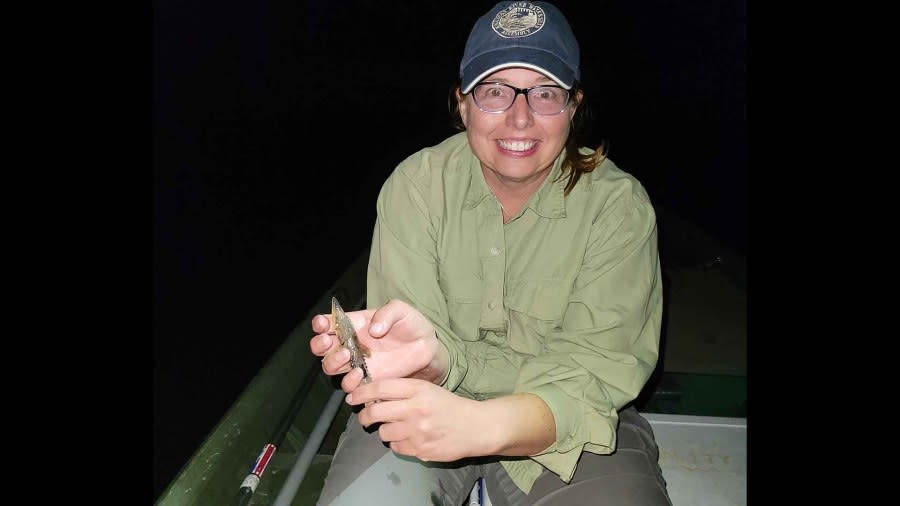USFWS grants to help fund projects aimed at 3 threatened species

GRAND RAPIDS, Mich. (WOOD) — The U.S. Fish and Wildlife Service has tabbed $3.85 million in federal funding to help support 16 research and restoration projects across the Great Lakes region, including three that are focused on threatened species in Michigan.
The Smithsonian Institution will get one of the largest grants in the plan, approximately $316,000 to study the population dynamics of the Kirtland’s warbler.
A rising threat: Climate change exacerbates challenges for Great Lakes piping plover
The Kirtland’s warbler was removed from the federal endangered species list in October 2019, but is still considered a threatened species in Michigan. The little bird has a limited range, living in pockets across the northern end of Michigan’s Lower Peninsula, the Upper Peninsula, and places in Minnesota, Wisconsin and Canada.

Michigan’s population also took a hit last year when a wildfire destroyed more than 2,400 acres near Grayling. The Kirtland’s Warbler Alliance said the 2021 census showed at least 18 singing males in that area. While they don’t know if any birds died, the eggs they were forced to abandon were likely destroyed.
Is there a silver lining to the wildfire that swept through threatened bird’s habitat?
Ironically, human intervention against wildfires was a key factor that put the bird in harm’s way in the first place. Kirtland’s warblers like to nest in the sandy soil beneath young jack pine trees. As the trees grow older, the lower branches die off and expose the nests. By interrupting the natural cycle of regeneration triggered by wildfires, the Kirtland’s warbler lost a lot of habitat.
“This bird limped along for a long, long time. And once we finally figured out that secret sauce, once we finally figured out what it would take to see that population begin to grow, that’s when it began to take off,” Kirtland’s Warbler Alliance Executive Director Bill Rapai told News 8 last year.
WOOD TURTLE

A team from Grand Valley State University will receive approximately $281,000 top study the wood turtle’s predators across the Great Lakes region.
Michigan is home to 10 turtle species. The wood turtle, which had been being monitored as a special concern, was declared an endangered reptile last summer.
Inside woodtv.com: Preserving Michigan’s native species
They can typically be found near smaller streams or rivers and they prefer sandy or gravelly shoreline areas for nesting. They also like to forage on berries and grasses along the riverfront.
According to the Michigan State University Extension, poaching for pets is a major threat to the wood turtle, along with habitat loss.
LAKE STURGEON

The Grand Rapids Public Museum will receive approximately $150,000 to continue its partnership evaluating the lake sturgeon population along the Grand River Watershed.
The GRPM is entering its sixth year working alongside the USFWS, John Ball Zoo and GVSU researchers to conduct surveys of the notoriously elusive fish. Biologists know that adult lake sturgeon live out in big lakes like Lake Michigan and swim upriver to spawn. Juvenile sturgeon live in rivers for a year before moving out to the lakes. But as of 2018, there was no confirmed population in the Grand River.
Preserving Michigan: Helping lake sturgeon bounce back in the Grand River
In 2022, the survey team found six juvenile sturgeon, confirming that the fish uses the Grand River as a breeding ground.
GRPM researcher Stephanie Ogren told News 8 in 2022 that it is a good sign for the health of the watershed.

“It kind of is sort of a ‘sensor’ for the rest of the species,” Ogren said. “If sturgeon are doing well, you can guess most species are doing OK. If sturgeon are having a hard time, you may have some issues with the river system.”
The lake sturgeon is the largest native species to the Great Lakes. The longest lake sturgeon on record cracked 6 feet and the heaviest weighed more than 200 pounds.
While they aren’t a common sight now, lake sturgeon once ruled the Great Lakes. Numbers have dropped off harshly over the last 200 years, primarily thanks to overfishing in the 19th and early 20th centuries. And they face several other challenges, including pollution, loss of primary food sources and impacts from invasive species.
For the latest news, weather, sports, and streaming video, head to WOODTV.com.

